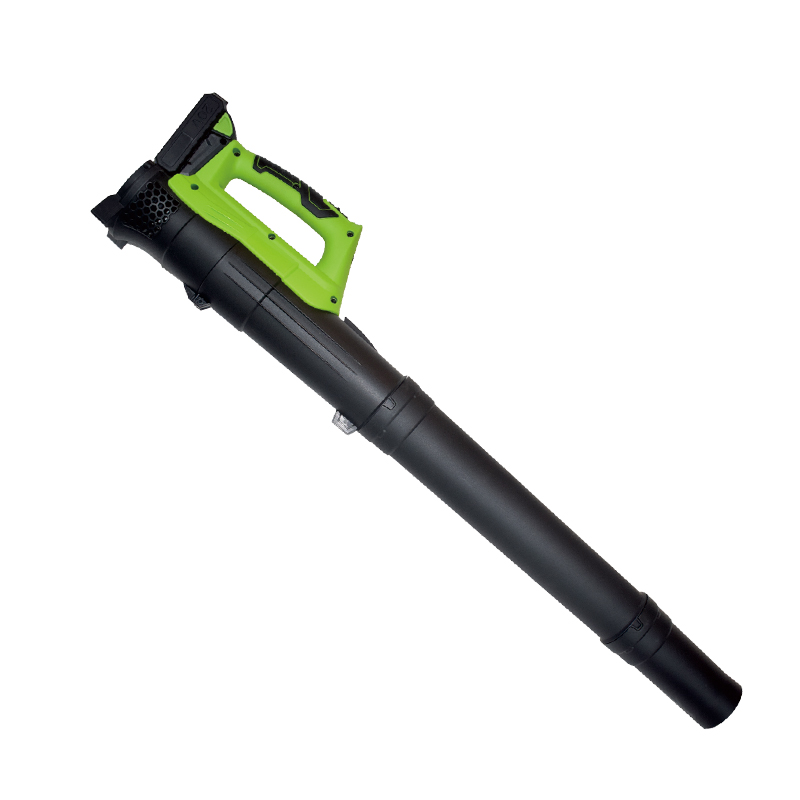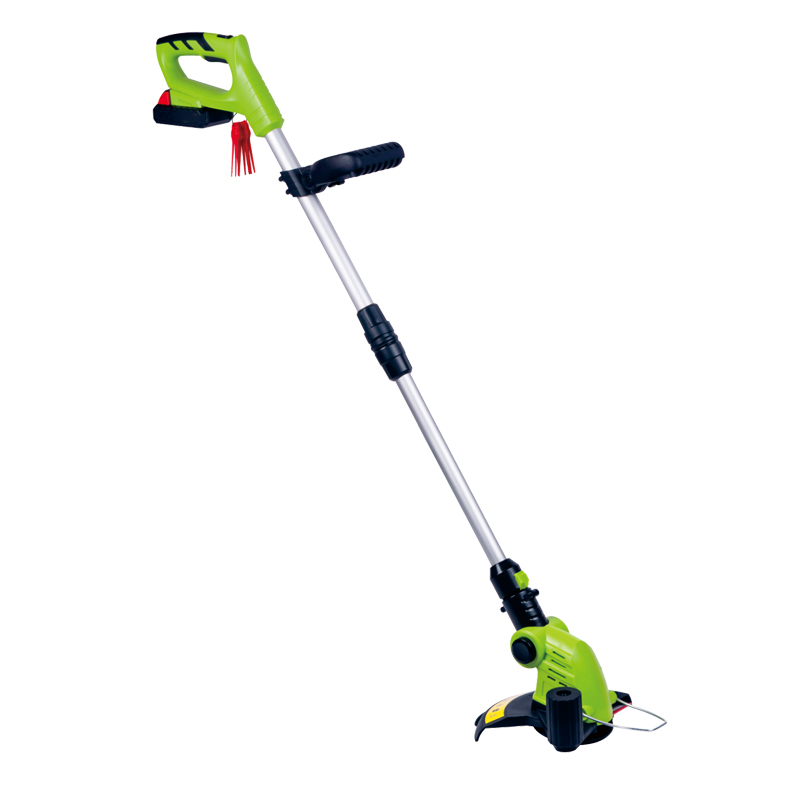Soon after the first human deliberately pruned a plant, ideas for designs of specialized pruning tools may have taken shape. About 2000 years ago, a Roman named Columella wrote of the vinitoria falx, a grape-pruning tool with six different functions.
I’ve never seen just one pruning tool that’ll do six different jobs. Depending on your plants and horticultural aspirations, you may not even need six different tools. But anyone who grows plants probably needs at least one pruning tool. Impact Spline Socket Set

Here’s a guide for what you may need:
Think about what you’ll be cutting, so that the tool is appropriate to the size of the cut. Too many gardeners attempt to shimmy and wiggle hand-held pruning shears through branches too thick to be cut effectively with this tool. Using the wrong-size tool makes pruning more difficult — even impossible — and leaves a forlorn-looking plant with ragged stubs. It can also mess up the tool.
If I was going to own just one pruning tool, it would probably be a hand shears (what the British call secateurs), which is useful for cutting stems up to about a half-inch across. The business end of hand shears has either anvil or bypass blades. With anvil shears, a sharp blade comes down on the flat edge of an opposing blade. The flat edge is soft metal so as not to dull the opposing sharp edge. Bypass shears, in contrast, work more like scissors, with two sharp blades sliding past each other.
Anvil shears generally are cheaper than bypass shears — and the price difference is reflected in the resulting cut! Too often, anvil blades crush part of the stem at the end of the cut. And if the two blades do not mate perfectly, the resulting cut is incomplete, leaving the severed stem hanging on by a thread of bark. That wide, flattened blade also makes it difficult to get the tool right up against the base of a stem you want to remove.
A pair of hand shears is a very useful tool. I always check the weight, the hand fit, and the balance of prospective candidates before settling on one. You can buy special shears tailored to fit small hands or left hands. Check out how easily the blades of a particular pair of hand shears can be sharpened; some shears have replaceable blades.
Okay, I’ll go ahead and name names. I do lots of pruning and have many kinds of pruning tools, including many hand shears. My three favorite hand shears, all hang on the rack near the door out to the garden. (Why so many tools? I amassed them in conjunction with writing a book, “The Oruning Book.”
My personal favorite hand shears is my ARS shears. Coming in as close seconds are my Felco shears, useful for heavier cuts, and my Pica shears, which are light shears that I’ll often toss in my back pocket when going out to the garden even with no special intention of pruning anything.
Pruners, loppers and chain saws
For pruning branches larger than a half-inch across, up to about an inch-and-a-half in diameter, you’ll need a lopper. This tool is essentially the same as hand shears, except that the blades are heavier and the handles are a couple of feet long. Like hand shears, the lopper’s business end may be either the anvil or bypass type. The long handles of the lopper give leverage to cut through those larger stems, and allow me to reach into the base of an overgrown rose or gooseberry bush without being attacked by thorns.
Some loppers and hand shears gain extra cutting power with a gear or a ratchet mechanism. Extra cutting power is what I particularly like about my Fiskars loppers, my favorites in this kind of tool.
Where more cutting power is needed than my loppers can provide, I go to my shed to grab a pruning saw. In contrast to woodworking saws, teeth on pruning saws are designed to cope with green wood without clogging or gumming. Best are the so-called Japanese blades (sometimes called “turbo,” “tri-cut,” or “frictionless” blades), which cut quickly and cleanly. All come in various sizes, from those that fold up to neatly fit in your back pocket to those you carry in a belt holster.
We can’t leave the subject of pruning saws without my mentioning the chain saw, a useful but dangerous tool. These gasoline or electric saws make quick work of large limbs, human or arboreal. A chain saw is overkill where you have only a backyard full of plants to prune. If the size of a cut dictates the need for such a tool, rent one for the job, or, even better, hire a professional with a chain saw to do the job for you.
Experience with chain saws breeds respect for this useful, albeit dangerous, pruning tool. If you feel the need to own a chain saw, purchase one scaled to the wood you’ll be cutting. And when you make your purchase, also buy a pair of goggles, ear protectors, and chaps.
If you have formal hedges to care for, you’ll need hedge shears to keep them shapely. Hand shears, looking like giant scissors, are fine for a small hedge. For larger hedges or quicker shearing, go for electric shears whose straight bar, with its oscillating blade, serves the same purpose as the hand shears.
I have a long hedge of privet, another of crabapple, and one of boxwood, in addition to a couple of shaped yews, so I use electric shears. Battery-powered hedge shears make the job very enjoyable, enough to have inspired me to more fancifully sculpt the plants.
Over the centuries, lots of pruning tools have been devised for very specialized purposes. Examples are a hook for grubbing out raspberry canes, a sharpened cylinder for cutting strawberry runners, and battery-powered pole hedge shears, the latter of which I own and use for reaching upper parts of my tall hedges.
Of all specialized tools available, one that I would recommend against is the high-limb chain saw. It’s merely a length of chain saw with a rope attached to each of its ends. You throw the device over a high limb, grasp onto the end of each rope, centering the toothed chain over the limb, and then alternately pull down on the ropes. The results can be disastrous, with the worst-case scenario being the limb toppling on top of you as it tears a long strip of bark from the trunk.
A pole pruner is a saner way to deal with high limbs. My pole pruner is capped by both a shearing blade and a pruning saw, giving me a choice of cutting devices once I work the tool up through the tree to the branches. A rope activates the shearing blades, allowing this tool to perform the same job as hand shears — except many feet up in the tree. The pole pruner is a useful tool even if not quite as versatile as Columella’s six-in-one tool for pruning grapes.
New Paltz writer Lee Reich, author of The Pruning Book, Weedless Gardening and other books, is also a garden consultant specializing in fruit, vegetable, and nut growing. He hosts workshops at his New Paltz farmden. For more information, go to www.leereich.com.

Scissors For The Garden Independent. Local. Substantive. Subscribe now.